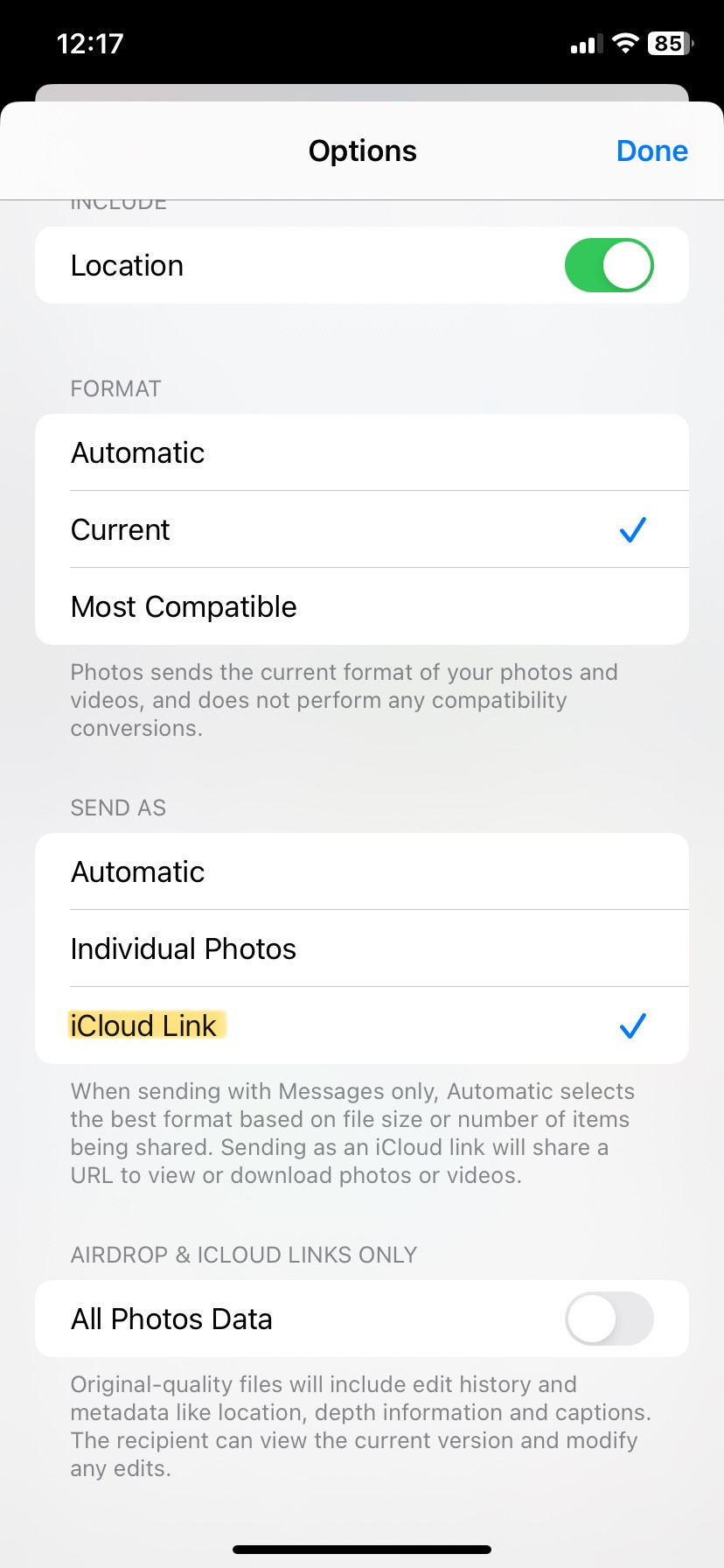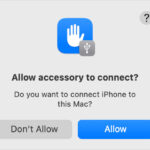Sending photos between iPhones and Android devices should be a seamless experience, but users often encounter frustrating roadblocks. If you’re struggling to share your cherished iPhone photos with friends or family using Android phones, you’re not alone. Many users report issues, especially after iOS updates or when dealing with different mobile carriers. This guide provides comprehensive solutions to ensure your photos get from your iPhone to an Android device without hassle.
One of the most commonly reported issues is the failure to send photos via text message (MMS) from iPhones to Androids. Users often see messages failing to deliver, especially when cellular signal is weak or when relying on WiFi. This problem can stem from various factors, including how iPhones handle MMS messages and potential incompatibilities between iOS and Android systems.
However, don’t worry, there are several proven methods to overcome these challenges. Let’s explore the most effective ways to send your photos from iPhone to Android devices.
One straightforward solution recommended by iPhone users is utilizing iCloud Links. This method bypasses the traditional MMS route and leverages Apple’s iCloud service to create a shareable link to your photos.
To use iCloud Link:
- Open the Photos app on your iPhone and select the photos you wish to send to your Android user.
- Tap the Share button (the square with an upward arrow).
- In the Share menu, scroll down and tap Options at the top.
- Choose iCloud Link.
 Share menu with iCloud Link option highlighted
Share menu with iCloud Link option highlighted
- Tap Done.
- Now, you can send the generated iCloud link through your Messages app or email to your Android recipient.
- The recipient can open the link in any web browser on their Android device to view and download the photos directly from iCloud.
This method is particularly useful for sending multiple photos or high-resolution images, as it avoids the size limitations often associated with MMS messages.
Another user-suggested workaround, especially helpful in areas with poor cellular reception, involves forcing MMS to send via WiFi by temporarily disabling cellular data. iPhones are designed to prefer cellular data for MMS, even when connected to WiFi, which can cause issues if cellular signal is weak.
Here’s how to try sending photos via WiFi:
- Go to Settings on your iPhone.
- Tap on Cellular.
- Toggle Cellular Data to the off position. This will ensure your iPhone relies solely on WiFi for data.
- Attempt to send your photo via text message to the Android device again.
Some users have reported success with this method, especially when they have a strong WiFi connection but weak cellular signal. It’s worth noting that this might not work for all carriers or network configurations, but it’s a quick and easy troubleshooting step.
Another setting to check on your iPhone that might impact photo sharing compatibility is the camera format. iPhones capture photos in HEIC format by default, which, while efficient, isn’t universally supported. Converting to JPEG can improve compatibility when sharing with Android users.
To change your camera format to JPEG:
- Open Settings on your iPhone.
- Scroll down and tap on Camera.
- Tap on Formats.
- Choose Most Compatible. This setting will capture photos in JPEG format, which is widely supported across different platforms, including Android.
While HEIC offers better compression and quality, using JPEG ensures broader compatibility when sharing photos with Android users via MMS or other methods.
If you are still experiencing issues, consider Airplane Mode as a more forceful way to prioritize WiFi. This method ensures your iPhone completely disconnects from cellular networks and relies solely on WiFi for sending messages, including MMS.
To use Airplane Mode:
- Open Control Center on your iPhone (swipe down from the top-right corner or up from the bottom, depending on your iPhone model).
- Tap the Airplane icon to enable Airplane Mode. This will disable cellular and WiFi.
- Turn WiFi back on manually from the Control Center or through Settings > Wi-Fi.
- With Airplane Mode enabled and WiFi connected, try sending your photos again via text message to the Android device.
One user specifically reported success with this method, highlighting its effectiveness in forcing MMS to transmit over WiFi and bypassing potential cellular network issues.
Beyond built-in iPhone features, third-party messaging apps provide reliable alternatives for sending photos between iPhone and Android. Apps like WhatsApp, Telegram, and Facebook Messenger are platform-agnostic and designed for seamless cross-platform communication, including media sharing.
To send photos using a third-party app:
- Download and install a messaging app like WhatsApp (if you don’t already have one) on your iPhone.
- Ensure your Android recipient also has the same app installed.
- Open the app and locate your Android contact.
- Use the app’s media attachment feature to select and send your photos.
These apps use internet data (WiFi or cellular) to send photos, bypassing the MMS system altogether. They often offer additional benefits like sending high-resolution photos without compression and providing read receipts. As one user in the forum thread mentioned, using WhatsApp was their reliable workaround.
In conclusion, sending photos from your iPhone to Android devices doesn’t have to be a frustrating ordeal. By using iCloud Links, adjusting cellular data settings, changing camera formats, utilizing Airplane Mode with WiFi, or leveraging third-party messaging apps, you can effectively share your photos across platforms. While some users have pointed fingers at carriers like AT&T for potential MMS issues, these troubleshooting steps and alternative methods offer practical solutions to ensure your photos reach their Android destinations smoothly. Try these methods and find the one that works best for your situation to keep your photo sharing seamless, regardless of the recipient’s phone.
